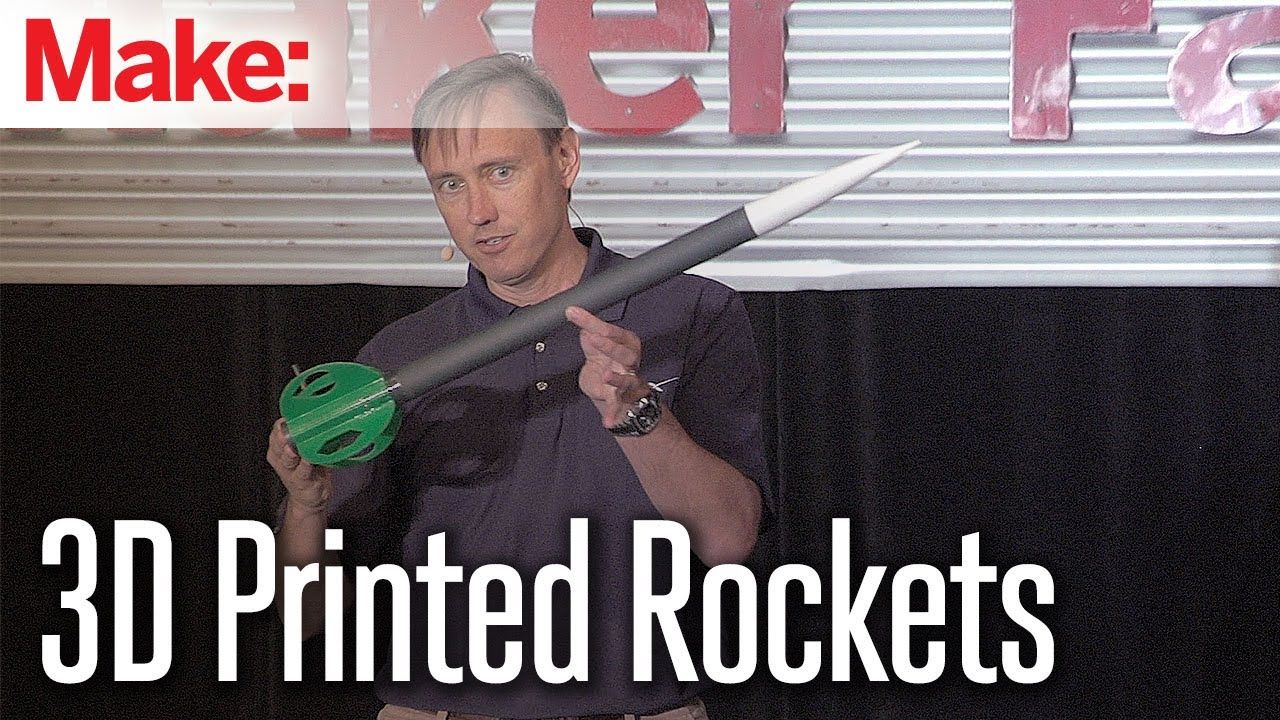
SpaceX started with a plan to send mice to Mars. It got crazier from there.
In late October 2001, Elon Musk went to Moscow to buy an intercontinental ballistic missile. He brought along Jim Cantrell, a kind of international aerospace supplies fixer, and Adeo Ressi, his best friend from Penn. Although Musk had tens of millions in the bank, he was trying to get a rocket on the cheap. They flew coach, and they were planning to buy a refurbished missile, not a new one. Musk figured it would be a good vehicle for sending a plant or some mice to Mars.
Ressi, a gangly eccentric, had been thinking a lot about whether his best friend had started to lose his mind, and he’d been doing his best to discourage the project. He peppered Musk with links to video montages of Russian, European, and American rockets exploding. He staged interventions, bringing Musk’s friends together to talk him out of wasting his money. None of it worked. Musk remained committed to funding a grand, inspirational spectacle in space and would spend all of his fortune to do it. And so Ressi went to Russia to contain Musk as best as he could. “Adeo would call me to the side and say, ‘What Elon is doing is insane. A philanthropic gesture? That’s crazy,’” said Cantrell. “He was seriously worried.”
Read more









